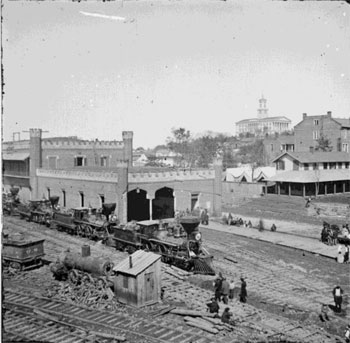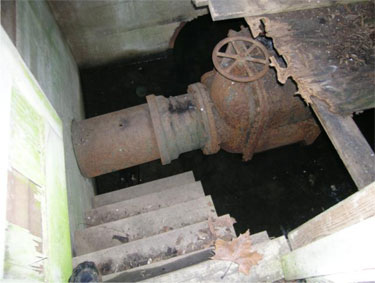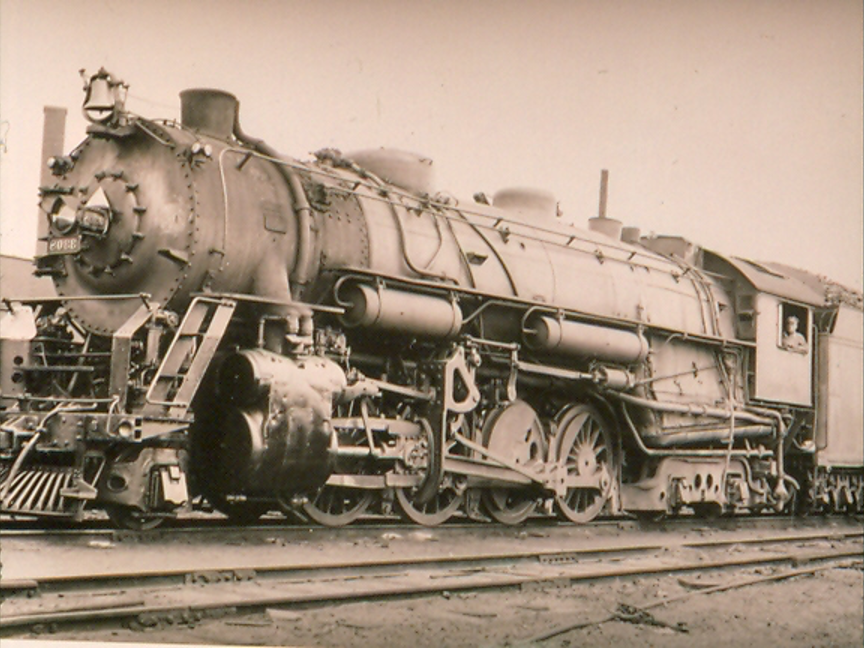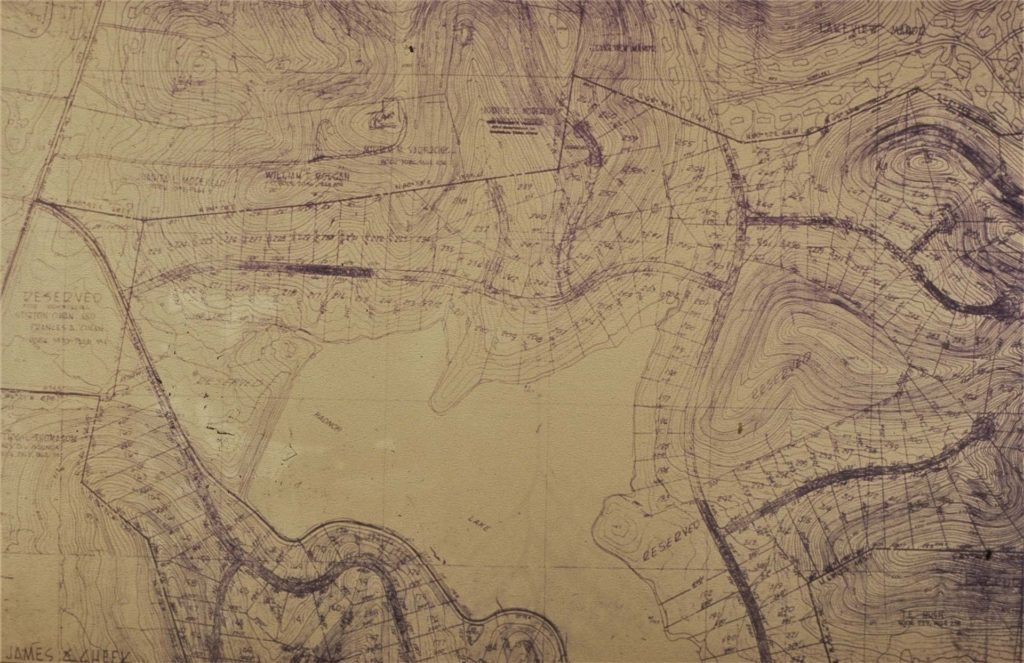
Park History
A Safe Haven for Plants and Animal Species
Radnor Lake State Natural Area (RLSNA) was created in 1973 as the result of a push to “Save Radnor Lake” that had solidified due to the State Natural Areas Preservation Act of 1971. Since then, Radnor has become a safe haven for species of plants and animals that are native to the area and an example of the natural beauty found within Tennessee. Interesting information on events important to Radnor’s history and the history of the land is detailed below.


Nashville Captured in Civil War (1862)
When General Ulysses S. Grant captured Forts Henry and Donelson in 1862, the fight to capture Nashville was concluded, as was the majority of the violence that the area that would become RLSNA would have seen given its proximity to the Nashville & Decatur (now CSX) railway, Granny White Pike, and the Franklin Turnpike. Tennessee Civil War Trails features markers at key points of interest nearby, such as the Nashville’s Civil War Trail marker located near the Radnor Lake Visitor’s Center. It can be found near the ADA accessible parking in the West Parking Lot. Each stop tells the story of the war’s interesting people, places, and events.

Radnor Lake Industrial Complex (1914-1917)
In 1913, the Louisville and Nashville Railroad (L&N) purchased 1,000 acres in the Overton Hills south of Nashville. L&N had just completed a railroad line from Decatur, Alabama to south Nashville. They built a reservoir large enough to supply water for its steam engines at nearby Radnor Yards in the basin below two ridges, through which Otter Creek flowed. Over the next three years (1914-1917) manpower and horsepower worked the hours needed to build the dam. Inside the dam is a concrete and metal framework holding the pipes that allowed water to be drained from the lake. At the height of its use around one million gallons of water was drained from the lake daily. As diesel engines became the standard, a large reservoir was obsolete and L&N eventually sold the lake and surrounding hills to a developer. Visit the Historic Valve House Trail (0.2 mi, map found here) to see Radnor Lake’s Industrial Complex (registered as archaeological site 40DV635) and to learn more about its caretakers and function during the era of the steam engine.

Radnor Lake Declared a “Wildlife Sanctuary” by L&N (1923)
Efforts to preserve the Radnor Lake area began when the executive vice president of L&N Railroad declared the site a “Wildlife Sanctuary” at the request of the Tennessee Ornithological Society.

Purchase by Estes-Taylor (1971)
The Estes-Taylor Co. purchased an option on approximately 800 acres owned by Oman Construction Company. Oman had purchased the land 10 years earlier from L&N Railroad and made plans to subdivide the property for a housing development. The Oman plans were not accepted by the city of Oak Hill, but subsequent plans from Estes-Taylor Co. were. After talking with a group of biologists led by Dr. Oliver Yates about the importance of preserving Radnor Lake in its natural state, Frank Taylor dropped his option on the property.

“Save Radnor Lake” and the Establishment of Radnor Lake State Natural Area (1971-1973)
Private citizens, scientists from local colleges and universities, state government officials, local land owners, and environmental groups such as The Nature Conservancy worked to raise funds to purchase the land owned by Oman Construction Company. Methods included a benefit folk concert held at Vanderbilt University, a rock concert sponsored by WKDA, cake sales, house to house canvassing, Girl and Boy Scout troop-organized fundraising events, and personal contributions. The Massey Investment Co., which held a purchase option on the land, extended the deadline to August 16, 1973, allowing extra weeks to raise the purchase price of $3.4 million. Clarence Edmonds and Fred Webber, owners of the option, eventually made personal contributions to the Radnor Lake Preservation Fund. In the end, the Tennessee Department of Environment and Conservation provided $1.3 million dollars, the federal Department of the Interior provided $1.9 million and private citizens raised the remaining $513,000 to reach the $3.4 million purchase price. Landowner Stirton Oman kicked the campaign off with a gift of $100,000, the largest individual gift in the campaign. Developers willingly gave up their options on the land. Radnor Lake State Natural Area was established in 1973 as Tennessee’s first official State Natural Area.